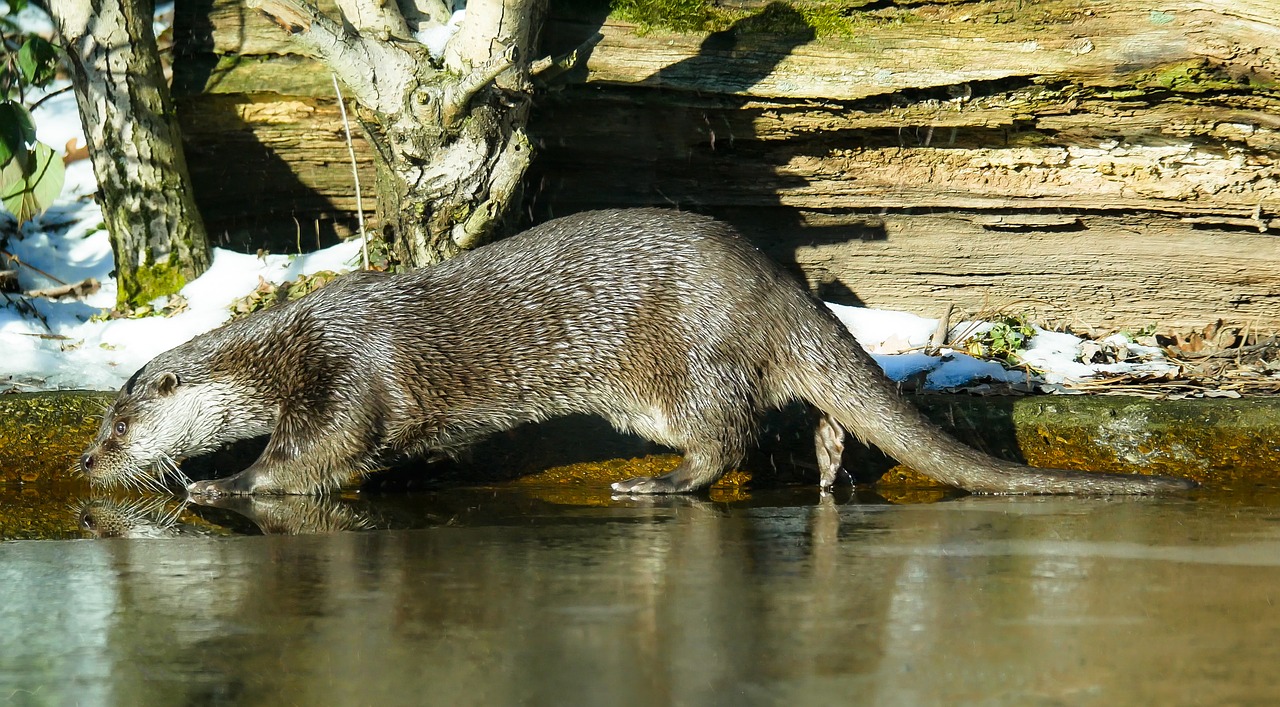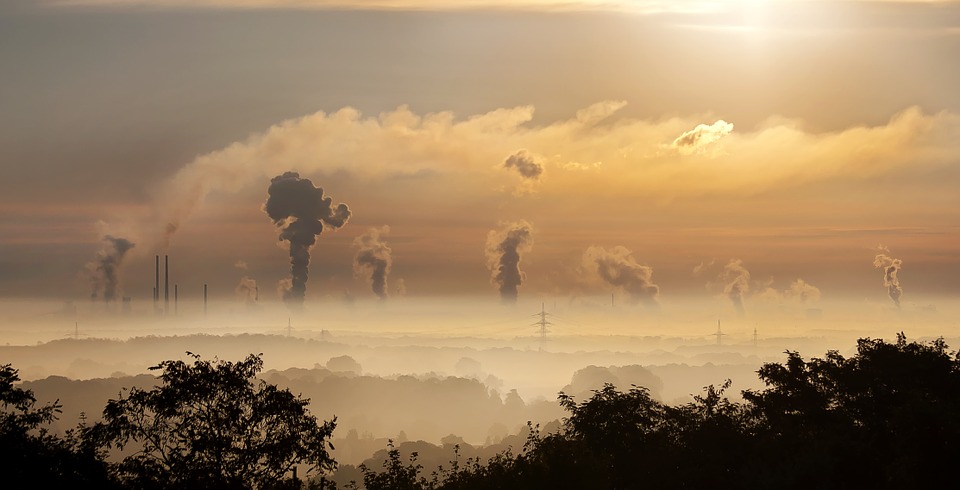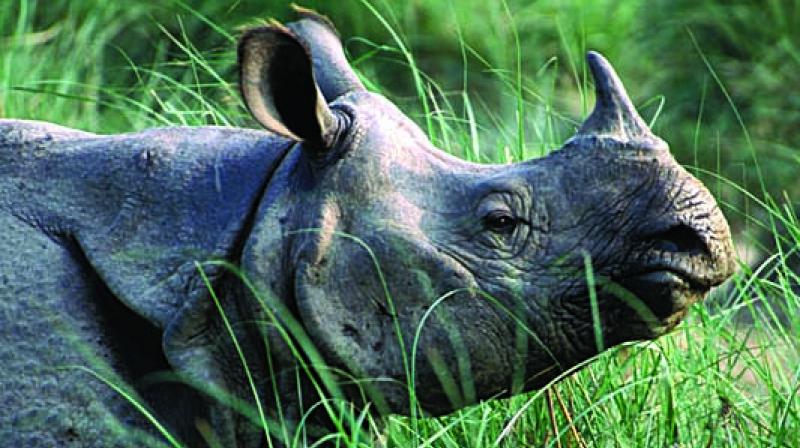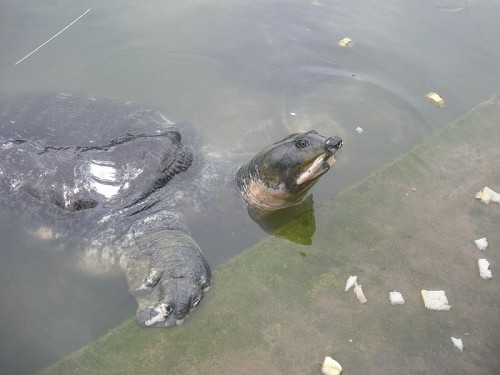Researchers from Banaras Hindu University and Mahatma Gandhi Kashividyapith University in Varanasi have found that the underwater portion of River Ganga has got fragmented into areas where no aquatic life exists – a condition named hypoxia. Pollution of River Ganga with untreated sewage containing toxic metals has reduced the level of dissolved oxygen, especially near the riverbed leading to the critical damage of the river ecosystem.
The researchers say that the benthic communities (living organisms in the riverbed) and planktons (floating microbes) are under threat since they help to keep the river clean and support the river’s food chain. Their absence is endangering the existence of larger animals like fish and dolphins.
Jitendra Pandey, a professor with the Centre for Advanced Study in Botany at BHU said, “These hypoxic stretches that can be from 50m to 400m downstream from where a drain is emptying into the river are fragmenting the underwater habitat as they become unfit for sustaining life.” The research article has been published in the Current Science journal in its December issue.
To understand the extension of damage, more than 500 water samples were collected between April and June for two consecutive years 2017 and 2018 for analysis.
The researchers found the hypoxic conditions at two stretches:
– Downstream of Assi drain in Varanasi – Assi drain carried around 66 million litres (MLD) of domestic wastewater
– Downstream of Wazidpur drain in Kanpur – Wazidpur drain carried around 54 MLD of industrial waste
Pandey said, “The level of dissolved oxygen dropped to less than 2mg per litre near the riverbed.”
The minimum level of dissolved oxygen requirement is 5mg/litre, especially for the existence of aquatic life. Higher the level, better is the aquatic life, but in patches of Ganga, there was no oxygen and therefore no sign of life.
Read More: Uttar Pradesh Sees Rise in River Dolphin Numbers
The same condition has been observed not only in river Ganga, but other important rivers like Yamuna. Out of the major 21 wastewater drains in Delhi, 18 falls directly into the Yamuna river leading to the same fate.
Ravindra Sinha, a Zoology Department Professor at Patna University, said, “Sewage water contains several microbes and organic matter. These microbes decompose the organic matter and use the dissolved oxygen in the water. The dissolved oxygen level sometimes becomes nil. The slow-moving animals die, and the fast-moving animals shift to stretches with suitable habitat. Thus, these hypoxic regions become lifeless fragmenting the rivers’ habitat.”
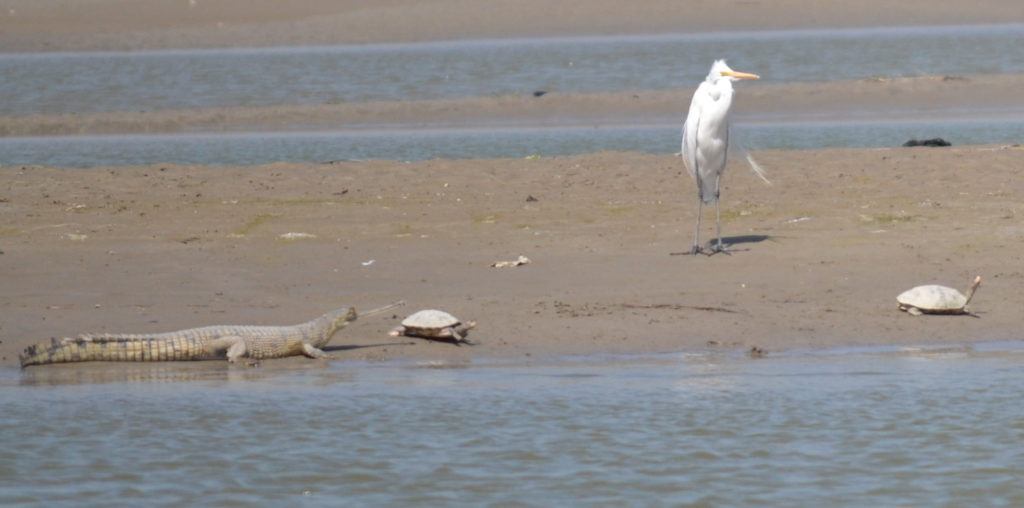
Aquatic species – the secret behind a thriving Ganga
The Ganga river is home to more than 140 fish species, 90 amphibian species, 35 reptiles, 42 mammals and numerous migratory birds.
The keystone species include,
– India’s national aquatic animals, the endangered Gangetic dolphin (Platanista gangetica)
– Critically Endangered Gharial (Gavialis gangeticus)
– Gangetic stingray (Himantura fluviatilis)
– Golden mahseer (Tor putitora)
– Hilsa (Tenualosa ilisha)
– Estuarine crocodile (Crocodylus porosus)
– Three species of otters – Smooth-coated otter (Lutrogale perspicillata), Eurasian otter (Lutra lutra) and Small clawed otter (Aonyx cinereus)
– 12 species of freshwater turtles including the northern river terrapin, three stripped roofed turtle, red crowned roofed turtle, and the critically endangered Batagur kachuga.
Even birds such as the black-bellied tern and Indian skimmer are prevalent on the river beds. The sarus crane, the mugger crocodile (Crocodylus palustris), and the snow trout are some of the species that have been put in the vulnerable list.
Needless to say, without free-flowing, pollution-free water, these fish, reptiles, mammals, and birds are losing a critical habitat.
Read More: 19 Gangetic Dolphin Spotted in Fatehpur
Preventing riverbed fragmentation
CR Babu, professor emeritus at Centre for Environmental Management of Degraded Ecosystem in Delhi University, said, “We need the ecological flow of the river to bring down such hypoxic conditions. The wastewater needs to be treated in treatment plants before they are discharged into the river. Also, we need to construct wetlands that purify the wastewater naturally before it is discharged.”
The ‘Namami Gange’ programme was launched by the government in 2015 to clean the polluted Ganga river. A draft named National River Ganga (Rejuvenation, Protection and Management) Bill was also framed. But as the latest research points, there has been little success on the grounds.
Himanshu Thakkar, coordinator of South Asia Network on Dams, Rivers and People, says, “The government has the ‘Namami Gange’ programme and they are talking about aviral (free) flow, swachh kinara (riverfront development) and preserving the zoological and ecological integrity of the river, but where is the roadmap?
When you talk about a free-flowing river, it doesn’t mean free flow of water only. It means free flow of everything including nutrients, biota, and everything that’s there in the river, including wildlife.”
The solutions could arise through greater community awareness and participation. WWF-India, for example, conducted an awareness programme to conserve the river dolphins along the river in Narora, Uttar Pradesh.
The residents were informed that the presence of dolphins is an indicator of the good health of the river. In time, as the public became aware, the dolphin population bounced back. From 671 in 2012 to 1,272 in 2015 and a further 30 to 40 numbers more during the year 2018-19 census.
Similarly, a resident awareness programme by WWF-India in Hastinapur Wildlife Sanctuary in Uttar Pradesh was conducted for gharials and turtles conservation. Local farmers were trained to protect turtle nests in Hastinapur and changes began to be seen.
Luvkush, a resident in Hastinapur, who was leading the WWF-India campaign, said “Earlier, people used to kill gharials and even used to consume turtle eggs; but now people know that they help in cleaning the river. They also understand that gharials are not dangerous, so people now release them back in the water if they get caught.”
While conservation of the species themselves is one way, the other important behaviourial change needed in the entire stretch of Ganga, is to stop considering it at a sewage disposal bin. Through repetitive awareness and coordinated implementation of effective measures such as wastewater treatment, wetland construction, and aquatic life conservation it is possible the fragmented Ganga will be whole again.
Reference, Reference, Reference, Reference
Other References:
Mukesh Kumar Shukla, Mahesh Kumar and Sananda Mondal (2019). Women for Ganges River Conservation in India. Journal Of Agriculture And Aquaculture 1(2).
Ravindra K. Sinha, Kurunthachalam Kannan (2014). Ganges River Dolphin: An Overview of Biology, Ecology, and Conservation Status in India. AMBIO 43:1029–1046 DOI 10.1007/s13280-014-0534-7





